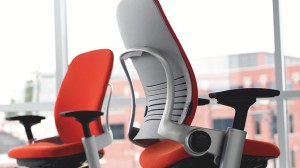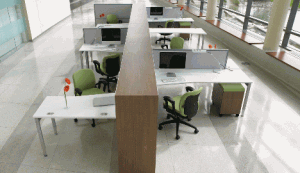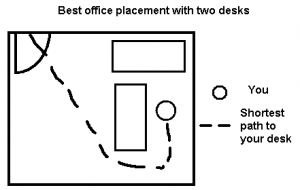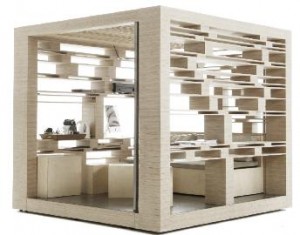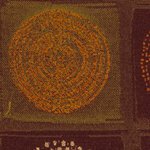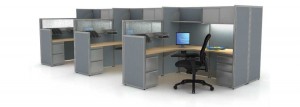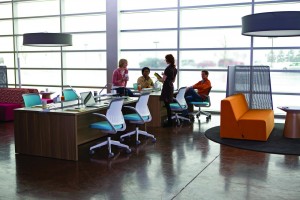 It looks like coworking spaces are passing the point of being a fad and becoming a real trend in the U.S. These facilities offer a group office environment for entrepreneurs and others who typically work from home. People who thrive on social interaction and those who get energized by being around other creative individuals enjoy these loose-knit communities. There are plenty of “co-workers” to bounce ideas around with in a collaborative setting. Users can come in a couple of times a week to work in a casual office environment and use their home office when they need to do “head down” tasks that require concentration.
It looks like coworking spaces are passing the point of being a fad and becoming a real trend in the U.S. These facilities offer a group office environment for entrepreneurs and others who typically work from home. People who thrive on social interaction and those who get energized by being around other creative individuals enjoy these loose-knit communities. There are plenty of “co-workers” to bounce ideas around with in a collaborative setting. Users can come in a couple of times a week to work in a casual office environment and use their home office when they need to do “head down” tasks that require concentration.
Some locations charge a membership fee for access to the building while others lease specific workstations with additional charges for scheduling conferencing areas. Startups are using similar shared locations called incubator spaces to nurture their companies to the point where they can strike out into leasing their own office buildings.
There’s a Definite Market Here
Office furniture companies are starting to realize that this is a niche where they can really show off their design capabilities. After all, some of these entrepreneurs and startups will end up needing a full office space outfitted at some point. If they love the furnishings at their co-working location, they could go on to be lifelong business customers.
Steelcase is currently marketing the Turnstone brand to precisely this demographic. The company offers space planning and also makes it easy for customers to select what they need online. Their website offers products separately and by “settings”. Typical settings include office furniture for 1, 2, or 4 people, conference furniture, and collaborative discussion spaces called “camps”.
What Kind of Furniture is Right for Coworking?
One of the most common reasons people state for working in these spaces is that they enjoy being around other smart, motivated entrepreneurs. This indicates that coworking office furniture should be about bringing people together rather than walling them off. Since these professionals aren’t usually storing documents on-site, the need for storage space is limited to a storage tower or locker space to temporarily house personal belongings. So, work tables rather than desks or cubicles are certainly an option. Lounge style office furniture is a potential solution for “brainstorming pits” and other collaborative areas.
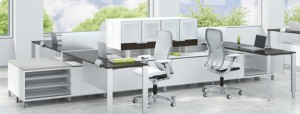 The Stride collection from Allsteel provides a highly flexible off-modular panel system to create workspaces that can be reconfigured again and again. By adding, removing, and rearranging components, the overall layout can be adapted as needed – and individual workstations can be customized to meet employee preferences. For example, you can specify a “sit to stand” tray that supports a monitor and keyboard and can be adjusted for seated or standing work
The Stride collection from Allsteel provides a highly flexible off-modular panel system to create workspaces that can be reconfigured again and again. By adding, removing, and rearranging components, the overall layout can be adapted as needed – and individual workstations can be customized to meet employee preferences. For example, you can specify a “sit to stand” tray that supports a monitor and keyboard and can be adjusted for seated or standing work
